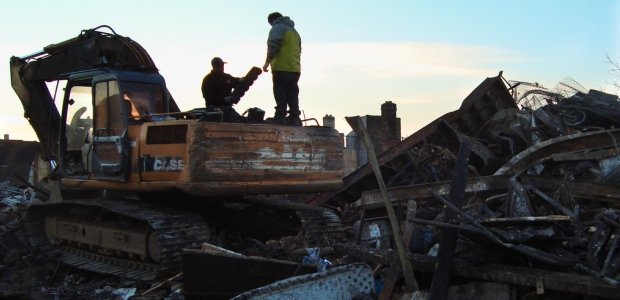
NIST Agreement Funds Disaster Resilience Center
NIST has agreed to provide $20 million to create the Community Resilience Center of Excellence at Colorado State University.
The U.S. Department of Commerce's National Institute of Standards and Technology announced Feb. 19 that it has awarded a $20 million cooperative agreement to Colorado State University to establish the Community Resilience Center of Excellence. Working with NIST researchers and partners from 10 other universities, the Fort Collins, Colo. center will develop computer tools to help local governments decide how to invest resources intended to lessen the impact of extreme weather and other hazards on buildings and infrastructure and to recover rapidly afterward.
The center will receive $4 million annually for five years, and NIST could renew the award for five additional years, depending on performance and the availability of funds. "This center complements NIST's long-standing efforts to improve the performance of the built environment against natural hazards—such as tornadoes, coastal flooding, wildfires, and earthquakes—as well as large-scale, human-caused disruptions," Acting Under Secretary of Commerce for Standards and Technology and Acting NIST Director Willie May said. "The tools developed by the center will help to further advance the important goal of disaster resilience from ambitious concepts to cost-effective solutions that communities can implement over time."
Richard Cavanagh, NIST's acting associate director for Laboratory Programs, announced the award at a NIST Disaster Resilience Workshop in Del Mar, Calif., the fourth in a series of regional workshops organized to gather input from stakeholders as the agency drafts its Disaster Resilience Framework. The framework will provide guidance to communities as they consider pre- and post-event actions and investments to prevent future hazards from inflicting devastating consequences.